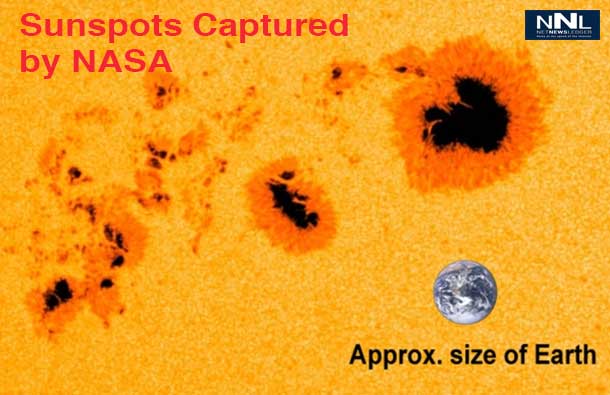

Image Credit: NASA/SDO
HOUSTON – Technology News – There is a change in sun activity reported by NASA over the past twenty-four hours. An enormous sunspot, labeled AR1944, slipped into view over the sun’s left horizon late on Jan. 1, 2014. The sunspot steadily moved toward the right, along with the rotation of the sun, and now sits almost dead center, as seen in the image above from NASA’s Solar Dynamics Observatory.
The sun emitted a significant solar flare peaking at 1:32PM EST on Jan.7, 2014. This is the first significant flare of 2014, and follows on the heels of mid-level flare earlier in the day. Each flare was centered over a different area of a large sunspot group currently situated at the center of the sun, about half way through its 14-day journey across the front of the disk along with the rotation of the sun.
Solar Flares are Powerful
Solar flares are powerful bursts of radiation. Harmful radiation from a flare cannot pass through Earth’s atmosphere to physically affect humans on the ground, however — when intense enough — they can disturb the atmosphere in the layer where GPS and communications signals travel. This disrupts the radio signals for as long as the flare is ongoing, anywhere from minutes to hours.
Sunspots are dark areas on the sun’s surface that contain complex arrangements of strong magnetic fields that are constantly shifting. The largest dark spot in this configuration is approximately two Earths wide, and the entire sunspot group is some seven Earths across. For comparison, another giant sunspot, five to six Earths across, is shown below from 2005. The image was captured by the European Space Agency and NASA’s Solar and Heliospheric Observatory.
The impact on earth can often be seen in spectacular displays in the Northern Hemisphere of the Northern Lights.






